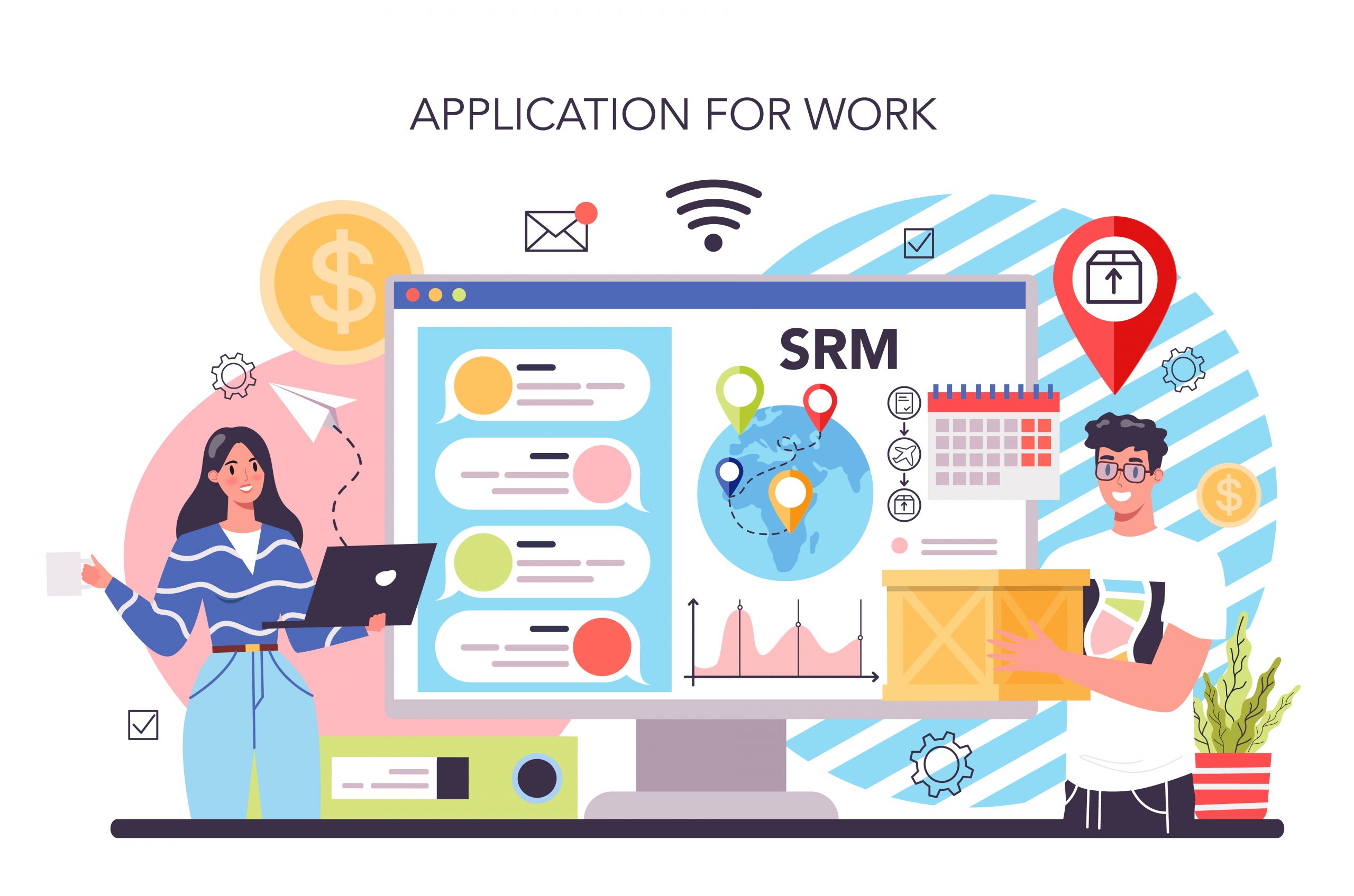In today’s competitive market, businesses are constantly seeking ways to improve customer relationships while streamlining operations. One effective strategy is integrating billing with CRM (Customer Relationship Management) systems. By combining these two critical components, companies can achieve a seamless flow of information, enhance customer interactions, and optimize their financial management processes.
1. The Importance of Integrating Billing with CRM
Integrating billing with CRM provides a unified view of customer data, allowing businesses to manage billing information alongside customer interactions. This integration ensures that all departments—from sales to accounting—have access to up-to-date information, leading to better decision-making and more personalized customer service. When billing and CRM systems are integrated, businesses can also reduce errors, improve invoice accuracy, and shorten the payment cycle.
2. Key Benefits of Integrating Billing with CRM
Integrating billing with CRM offers numerous advantages that can positively impact customer relationships and business operations:
- Enhanced Customer Insights: With integrated systems, businesses gain a comprehensive view of each customer’s billing history, payment patterns, and communication preferences. This data can be used to tailor services and offerings, leading to improved customer satisfaction and loyalty.
- Streamlined Operations: Integrating billing with CRM eliminates the need for manual data entry and reduces the likelihood of discrepancies between billing and customer records. This streamlining of operations not only saves time but also minimizes the risk of errors that could lead to customer dissatisfaction.
- Improved Cash Flow Management: Integrated systems provide real-time access to billing and payment information, enabling businesses to monitor outstanding invoices and follow up promptly on overdue payments. This proactive approach can help improve cash flow and reduce the incidence of late payments.
- Personalized Communication: By having access to billing information within the CRM, businesses can personalize their communication with customers. For instance, they can send automated reminders for upcoming payments or offer tailored discounts based on payment history.
3. Steps to Successfully Integrate Billing with CRM
To successfully implement integrating billing with CRM, businesses should follow these key steps:
- Assess Current Systems: Start by evaluating your current billing and CRM systems to determine their compatibility. Identify any gaps or challenges that need to be addressed before integration.
- Choose the Right Integration Tools: Select integration tools or software that are compatible with both your billing and CRM systems. Consider factors such as ease of use, cost, and support for future scalability.
- Plan the Integration Process: Develop a detailed integration plan that outlines the steps, timelines, and responsibilities involved in the process. Ensure that all relevant departments are involved in the planning phase to address any potential concerns.
- Test the Integration: Before fully implementing the integration, conduct thorough testing to ensure that data flows smoothly between the billing and CRM systems. Address any issues that arise during testing to prevent disruptions during the live rollout.
- Provide Training and Support: Offer training sessions for employees who will be using the integrated system. Ongoing support should also be available to address any questions or challenges that may arise after implementation.
4. Overcoming Common Integration Challenges
Integrating billing with CRM can present challenges, such as data migration issues, system compatibility concerns, and resistance to change from employees. To overcome these challenges, it’s important to work closely with IT professionals and system vendors to ensure a smooth transition. Additionally, clear communication and training can help employees adapt to the new system and understand its benefits.
5. Future Trends in Billing and CRM Integration
As technology continues to evolve, future trends in integrating billing with CRM may include the use of artificial intelligence (AI) to predict customer payment behaviors, advanced analytics for more personalized customer interactions, and cloud-based solutions for greater flexibility and scalability. Staying ahead of these trends will allow businesses to continue enhancing customer relationships and optimizing their operations.
Conclusion
Integrating billing with CRM is a powerful strategy for enhancing customer relationships and streamlining business operations. By unifying billing and customer data, businesses can gain valuable insights, improve communication, and ensure more efficient financial management. For more insights on integrating billing with CRM, visit Bedots.
Read more: Continuous Learning in IT Recruitment: Key to Professional Growth



